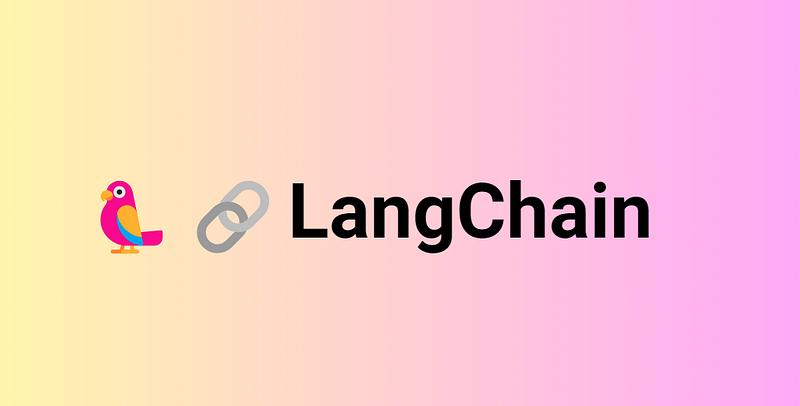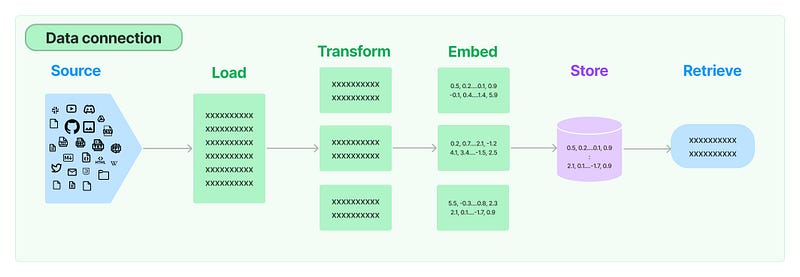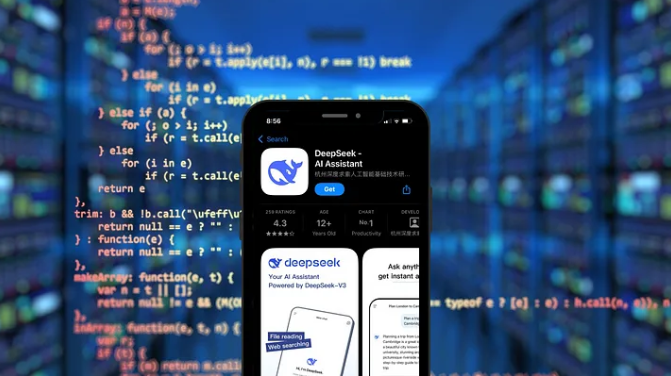LangChain🦜🔗: The Powerful Framework Revolutionizing Language Model Applications
LangChain🦜🔗: The Powerful Framework Revolutionizing Language Model Applications

What is LangChain?
LangChain is a powerful framework designed to revolutionize the development of applications powered by language models. Language models like ChatGPT and Llama are incredibly versatile and excel in a wide range of tasks. However, they might encounter challenges when it comes to providing precise answers or tackling tasks that require deep domain knowledge or expertise. This is where LangChain comes to the rescue.
For Example — With the help of LangChain, we can train an LLM like ChatGPT on a custom dataset of restaurant reviews. The dataset contains specific information about various cuisines, ambience, and service quality.
Now, when you ask the ChatGPT a precise question like, “Which restaurant offers the best sushi in town?”, the ChatGPT, having been fine-tuned on the custom restaurant review dataset, can provide a more accurate and specific answer. It can draw from its knowledge of the dataset to recommend the restaurant with the highest-rated sushi based on customer reviews.
Read More: Official Documentation
Let’s Build a Small Application
In this article, I will show a step-by-step guide to building a document reader using LangChain and HuggingFace. I am going to use Google Colab as the platform to build the application
- Create a New Notebook in Google Collab and install all the necessary dependencies
Click on “New Notebook” or go to “File” > “New Notebook” to create a new Colab notebook and install these dependencies below.

2. Getting the HuggingFace API Key
If you don’t already have a Hugging Face account, you’ll need to create one. You can sign up for an account on the Hugging Face website.
Once you’re logged in, go to the Profile section by clicking on your profile icon in the top right corner and selecting Settings” from the drop-down menu.
After that, go to the Access Tokens section and create a new token

After that create a new code cell and add the code below —

Replace the dummy string with your API Key and execute the code.
3. Creating Embeddings and a Vector Store for Question-Answering
In many Language Model (LLM) applications, there often arises a requirement for user-specific data that was not part of the model’s original training dataset. LangChain equips you with the necessary elements to import, transform, store, and efficiently query your custom data.

The process comprises five distinct stages:
- Document Loading: This stage is responsible for importing data in the form of documents.
- Document Segmentation: Here, the document undergoes segmentation, breaking it down into more manageable chunks.
- Embedding Generation: In this step, these chunks are transformed into vector representations, also known as embeddings.
- Vector Store: This component serves as a repository for storing the aforementioned chunk vectors in a dedicated vector database.
- Retrieval Mechanism: The final stage involves a retrieval mechanism. It is employed to fetch one or more sets of vectors that exhibit the highest similarity to a query, with both the query and stored vectors residing within the same latent space.
Now, let’s start by loading the document. I am loading a brief summary of the Constitution of India generated by ChatGPT.

After document loading, let’s break down longer text documents into smaller, non-overlapping chunks of 1000 characters each

After document segmentation, let’s initialize our embeddings. We are using embeddings provided by the Hugging Face Transformers library.

Now, We will set up a vector store using Faiss. Basically, your text data is being transformed into vectors using the provided embeddings, and Faiss is used to efficiently index and search these vectors.

Now, We will load Google’s flan-t5-xxl LLM from HuggingFace. It is a valuable tool in question answering tasks due to its text-to-text approach, pre-trained and large model size.

After that let’s create a chain using LangChain. Chains enable us to assemble multiple components into a cohesive application.

We will create a simple Chain: it begins with a query, and the query to then sent to the LLM.

For context, below is the part of the summary from which the LLM answered —
“Preamble: The Preamble of the Indian Constitution outlines the ideals and objectives that the framers of the Constitution aimed to achieve. It highlights India as a sovereign, socialist, secular, and democratic republic that seeks justice, liberty, equality, and fraternity for its citizens.”
Let’s ask another question about it

Applications —
- AI Chatbots and Virtual Assistants: The question-answering capabilities embedded in this code lay the foundation for creating AI chatbots and virtual assistants that can provide instant, context-aware responses to user queries. This has applications in customer support, e-learning, and more.
- Educational Tools: Educators and students can benefit from automated question answering, helping to clarify doubts and enhance the learning experience. It can also be employed in educational content generation.
- Content Recommendation Engines: By understanding the context and intent behind queries, this code can be used to develop content recommendation systems, ensuring users receive highly relevant suggestions.
For readers interested in diving deeper into these applications and exploring additional tools for their projects, here are a couple of valuable resources:
Open source UI visual tool to build your customized LLM flow using Langchainflowiseai.com
Join the Langflow waitlist today and discover a streamlined approach to LLMs. Open-source and user-friendly, Langflow…www.langflow.org
Conclusion —
This article showed how LangChain can used in the development of applications powered by language models and how its flexible abstractions and extensive toolkit enable developers to harness the power of LLMs.
In the ever-evolving landscape of AI, LLMs have emerged as game-changers, and we’re proud to be part of this exciting journey towards a smarter, more efficient future. We look forward to leveraging LLMs to drive innovation, solve complex challenges, and provide even greater value to our clients and partners at My Next Developer.




